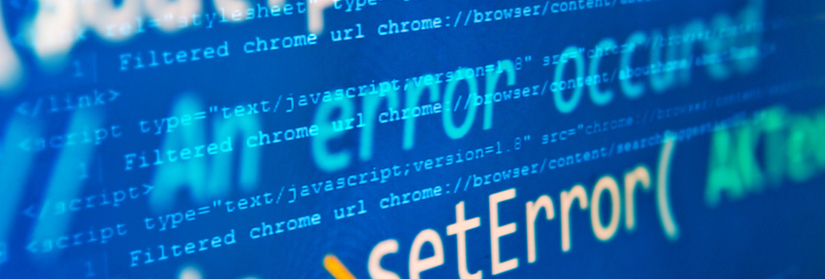
Credit card processing is a complicated process that can be difficult to understand, especially when dealing with error codes. This blog post will provide an overview of what each code means and how it affects your business to help you navigate the world of credit card processing errors. We'll also go over how to identify these errors independently without calling customer service for assistance.
If you work with credit cards, you know that they can be tricky to process due to the many error codes associated with transactions. It's important to understand these errors so that you can help your customer resolve any issue quickly and efficiently. The following are some of the most commonly used codes:
05 / Do not honor: This code is not an actual decline but instead means that the credit card company does not want to process this transaction.
14 / Invalid card number: This means that the credit card number you entered was incorrect or did not exist with this specific bank.
41 / Lost card, pick Up: This indicates that the credit card was lost or stolen.
43 / Stolen card, pick up: This indicates that the customer reported the credit card as stolen.
51 / Insufficient funds: This means that there are not enough funds in the cardholder's account to complete this transaction.
R0 or R1 / Customer requested stop of specific recurring payment: This indicates that your customer requested no more extended use of this card for recurring payments.
Suppose you receive one of the following "CALL" or "DECLINE" codes. In that case, it typically indicates that the customer's bank refuses to process the transaction due to several factors, ranging from insufficient funds to an expired card. Request that the customer contacts their bank to resolve the issue or provide an alternate payment method.
A hold-call code could indicate a fraudulent credit card. Resist the temptation to honor the transaction and refrain from providing services to this customer. If the transaction takes place in person, you should take the customer's card, call to confirm receipt of the code, and retain the card.
If you encounter one of these error codes, the cause could be anything from a typographical error to a system error. Typically, you can resolve error codes by double-checking your account information and attempting again.
There are many different types of credit card errors that can happen for any number of reasons. If you receive one, the best thing to do is contact your bank or customer service and ask them what type of error it was so you can take appropriate action. In the meantime, double-check your information to avoid simple typing errors. To help prevent these from happening again in the future, consider using a secure platform where all payment processing takes place rather than with sensitive data entered into an online form by hand.
One More Tip: Always verify that customers enter their CVV code when prompted before completing a purchase. Doing so will significantly reduce problems related to potential fraud!
